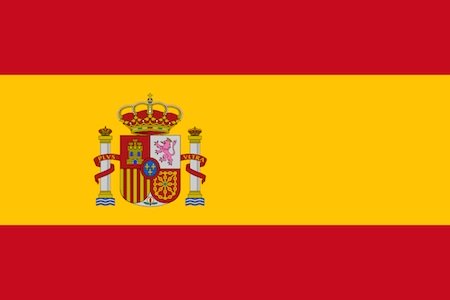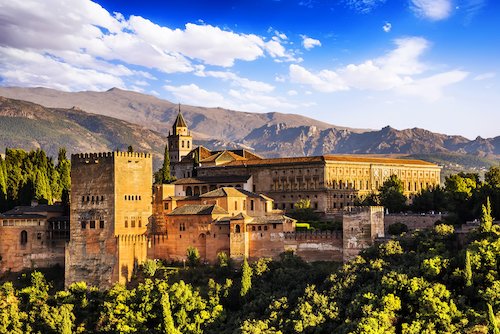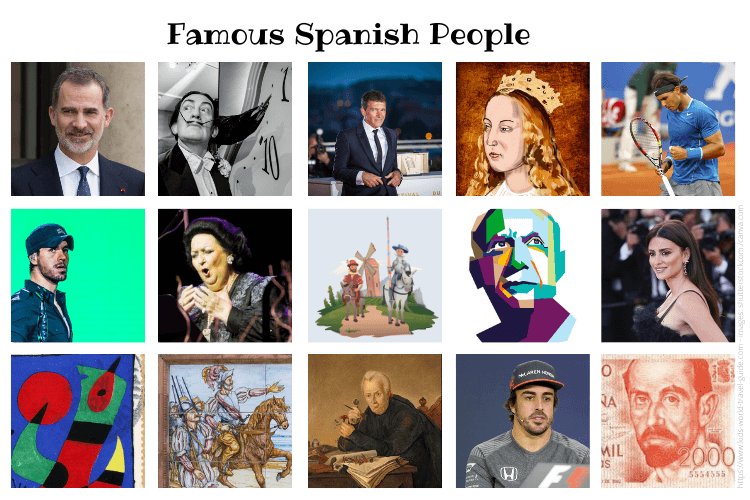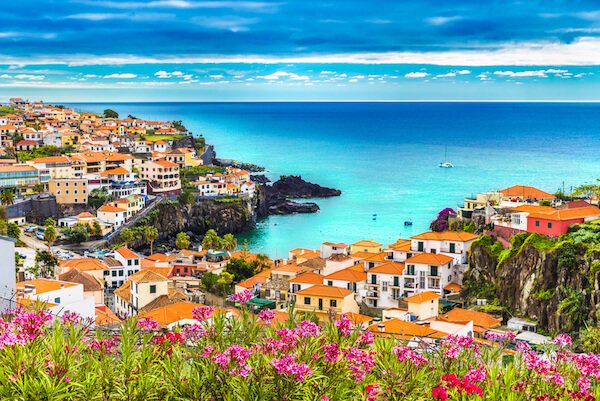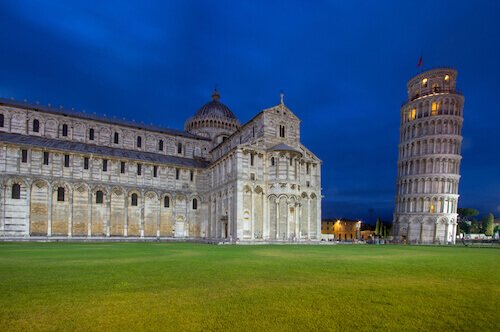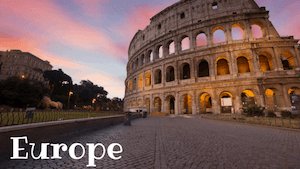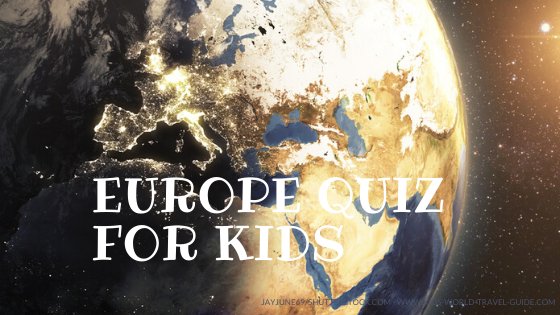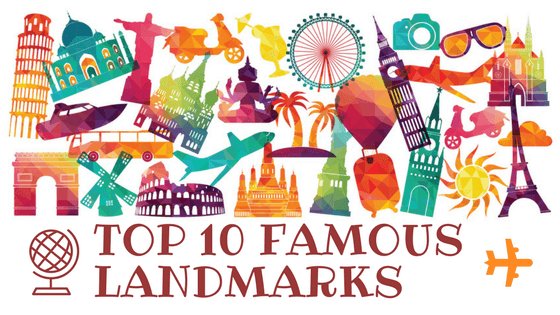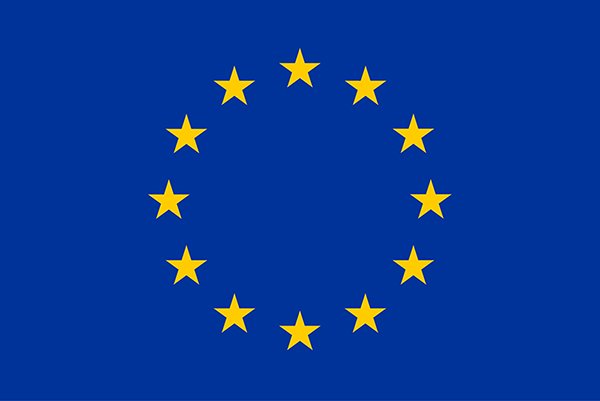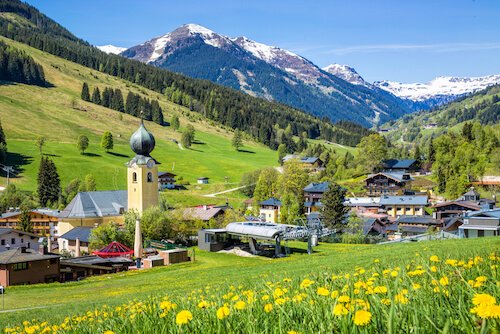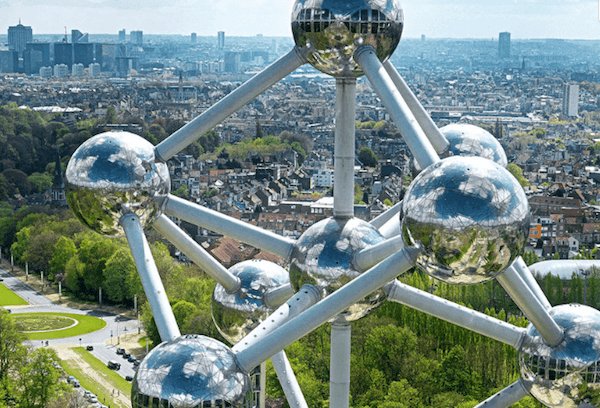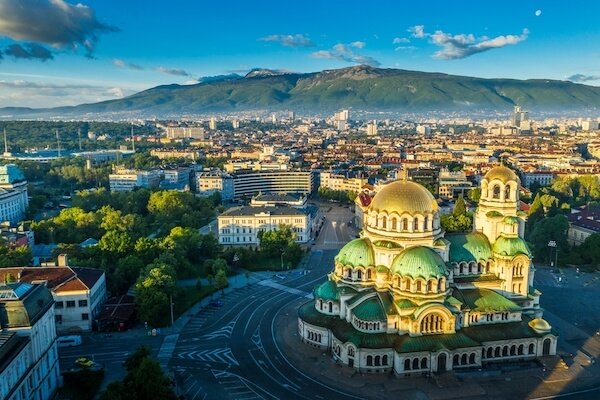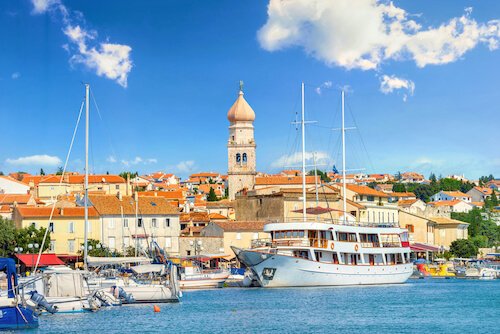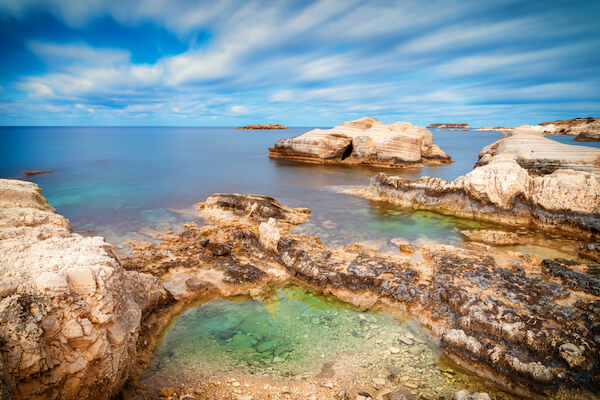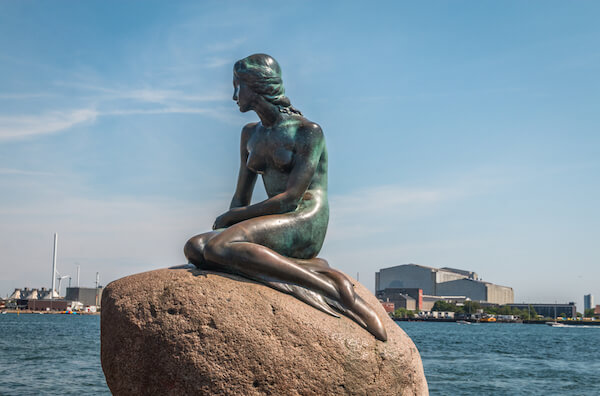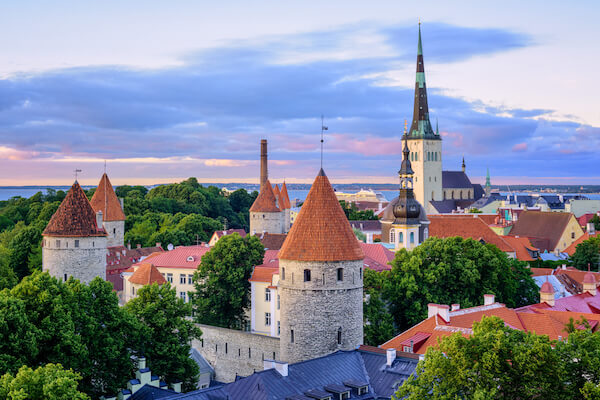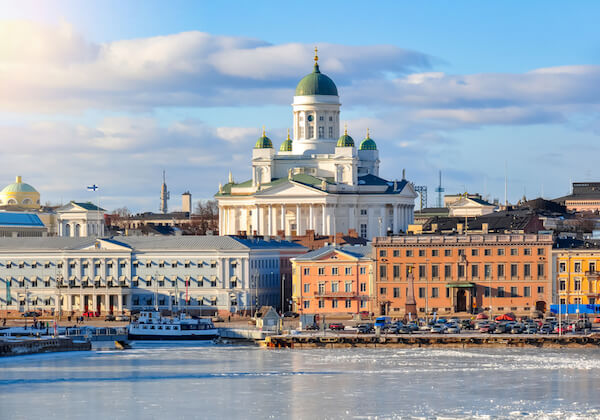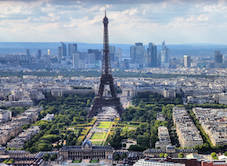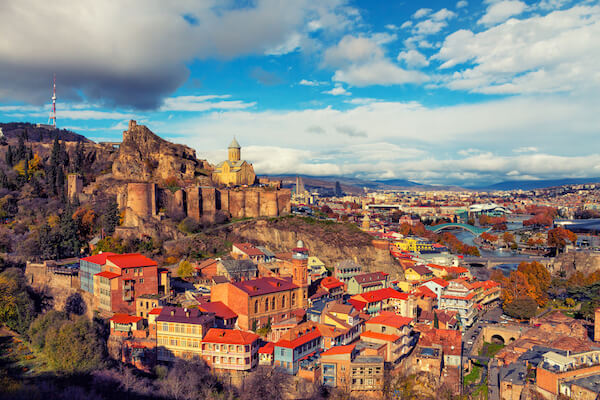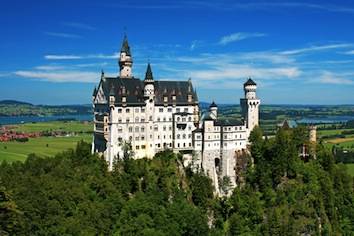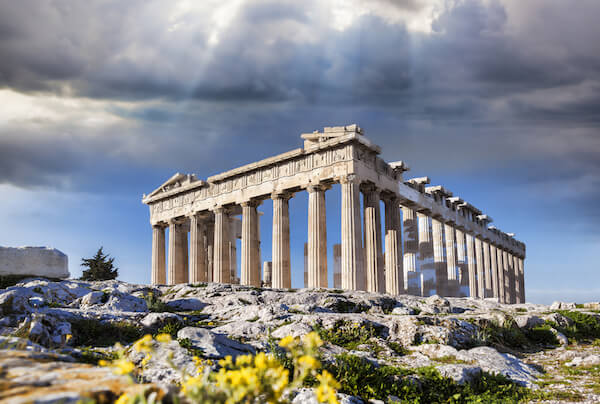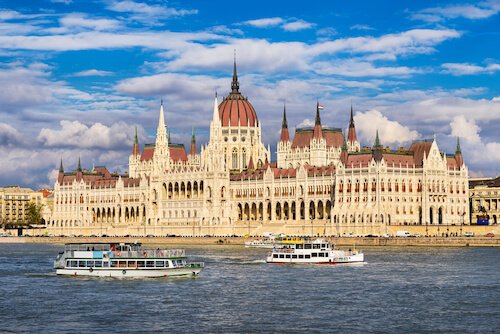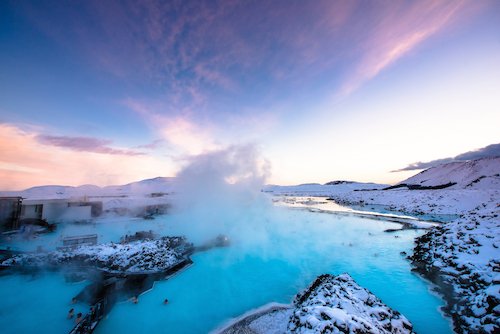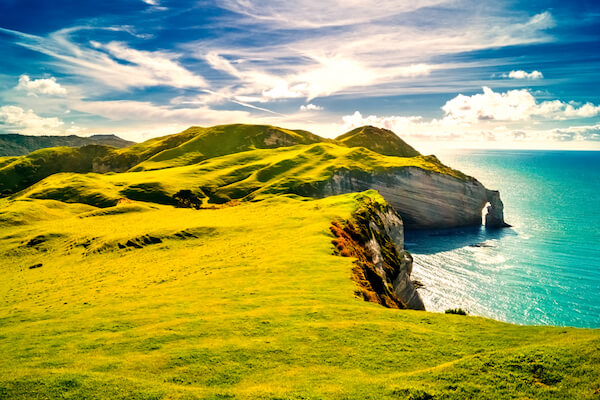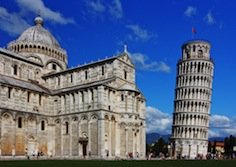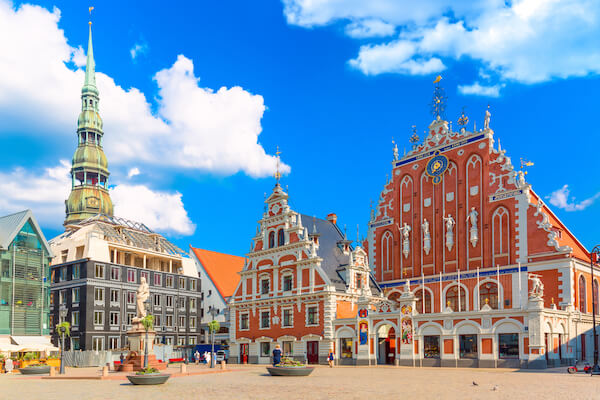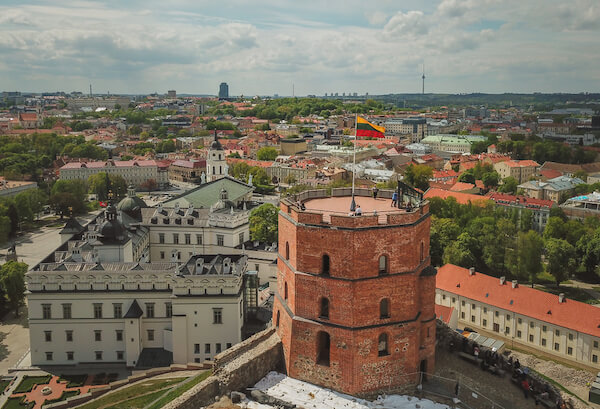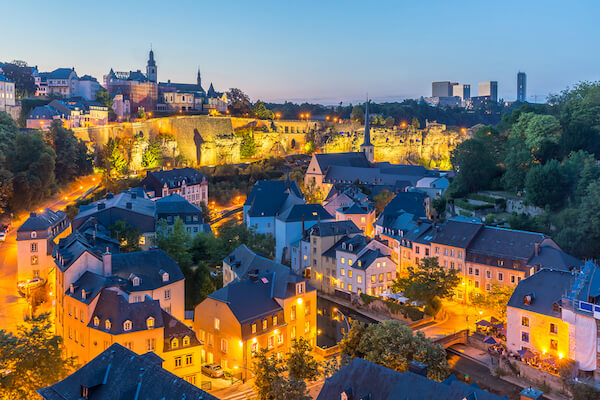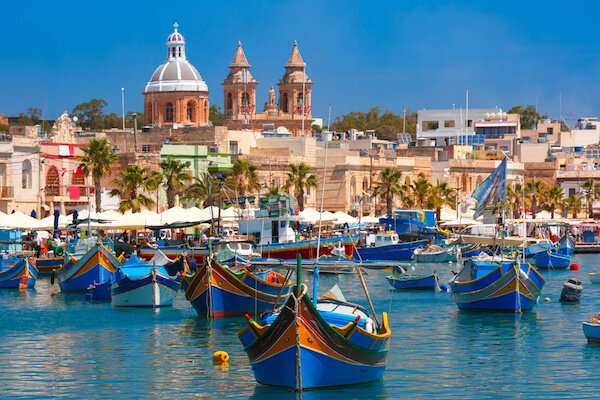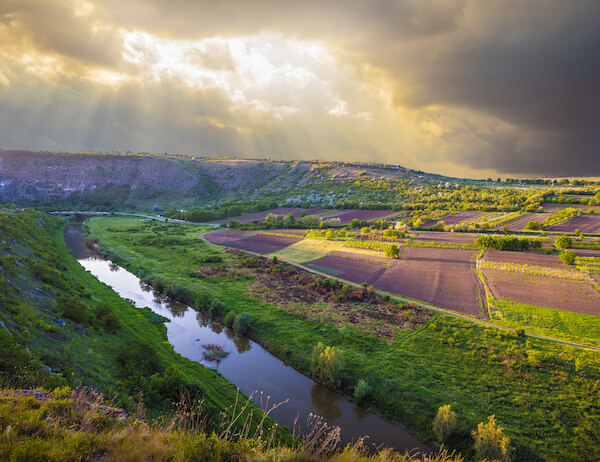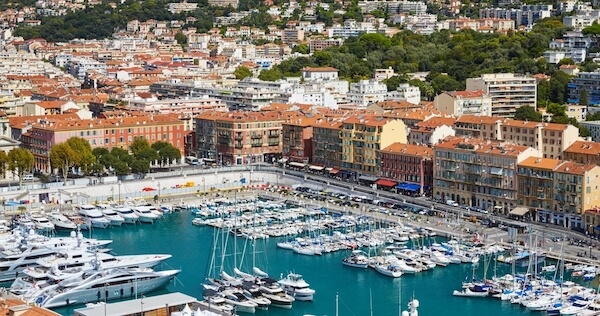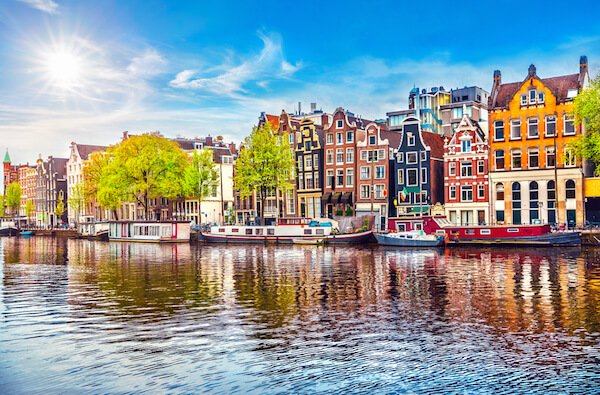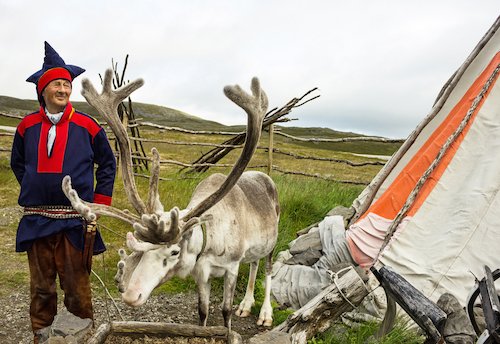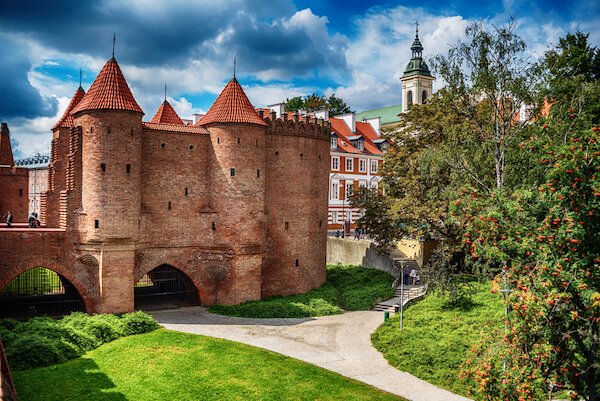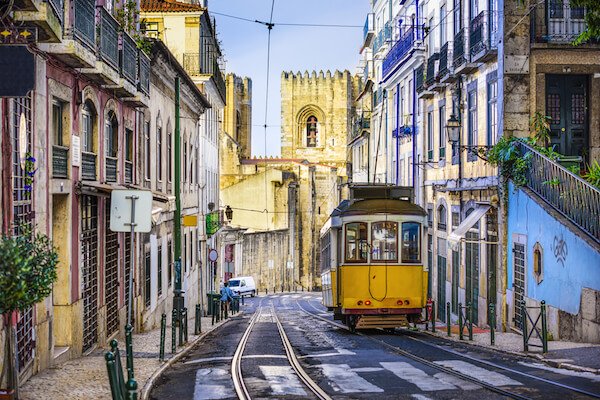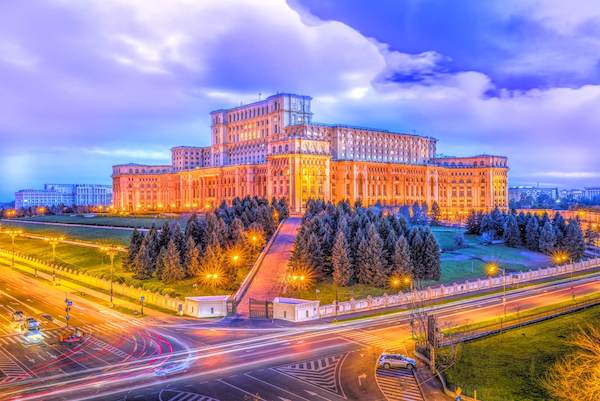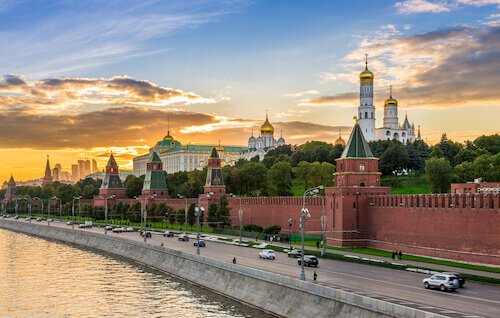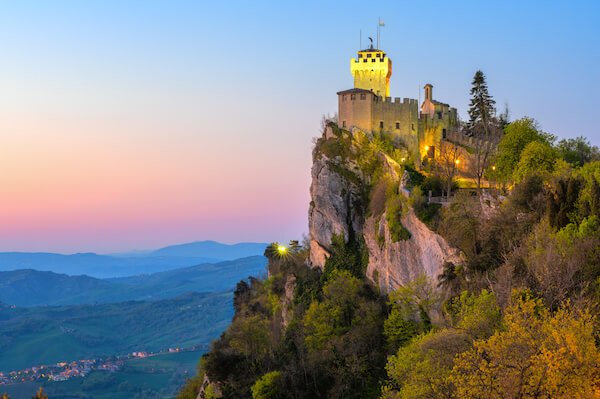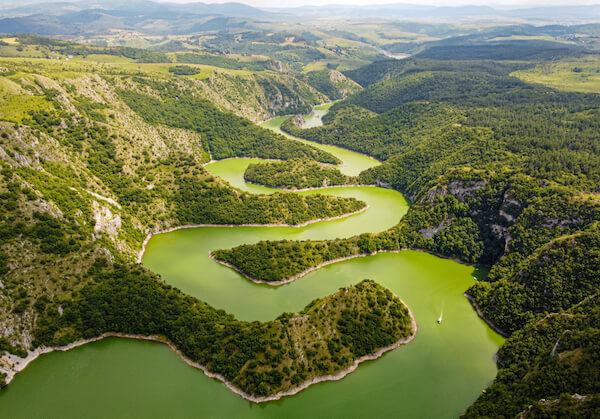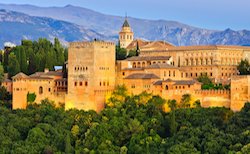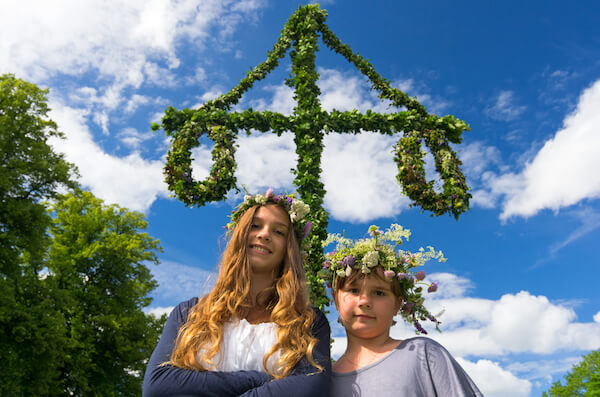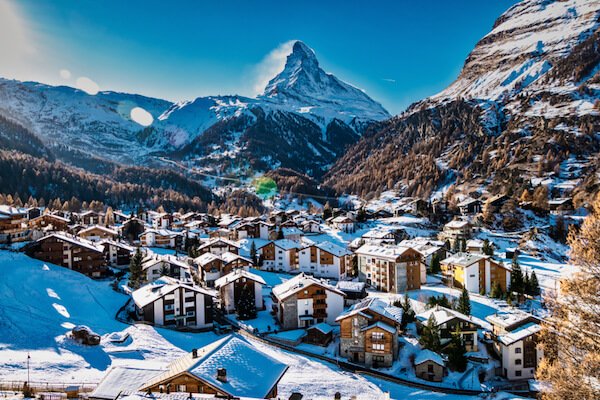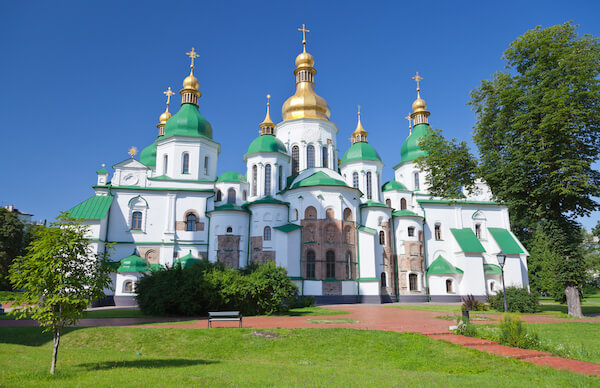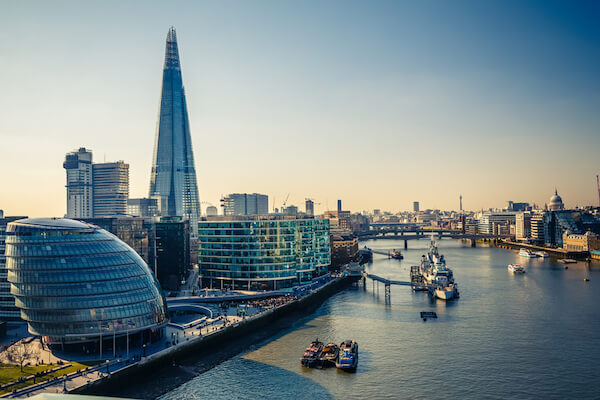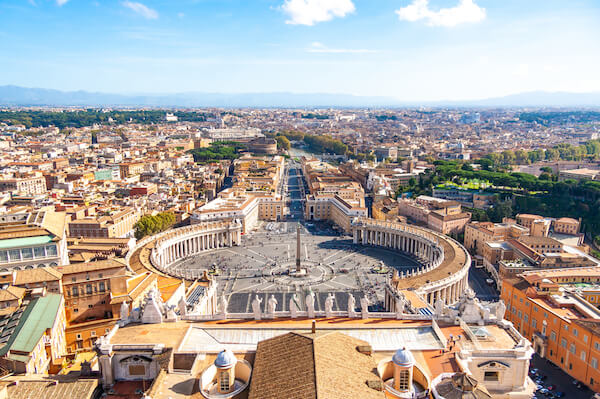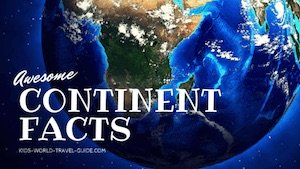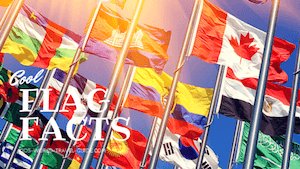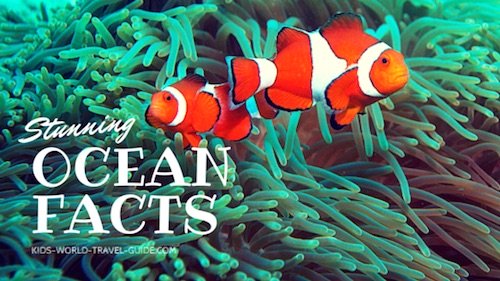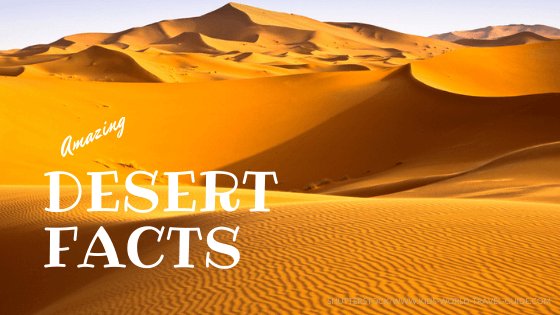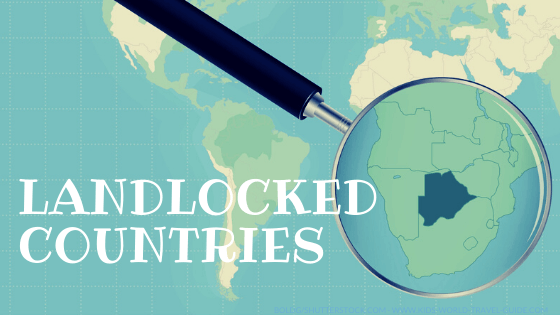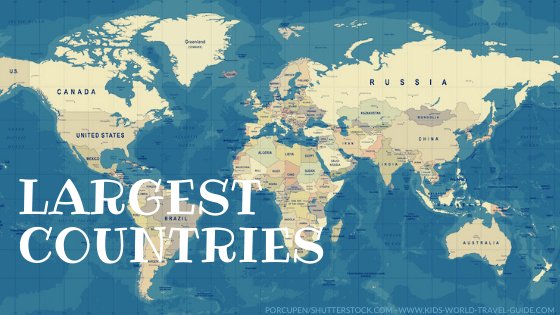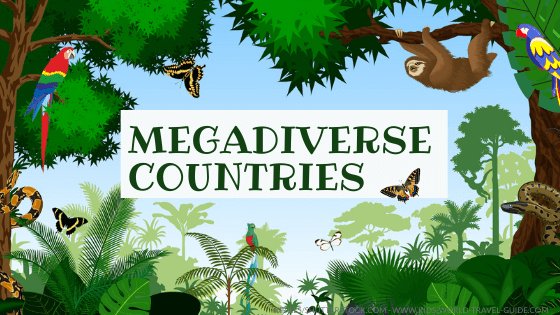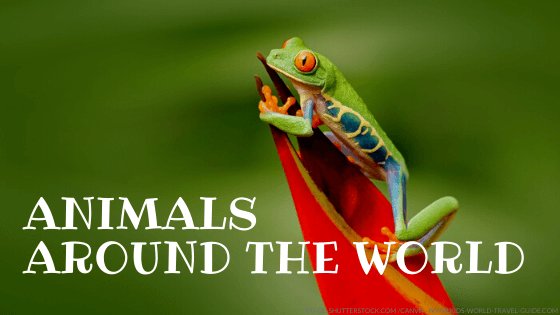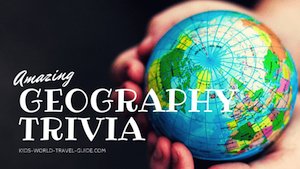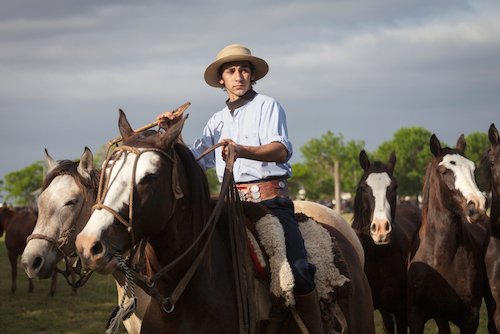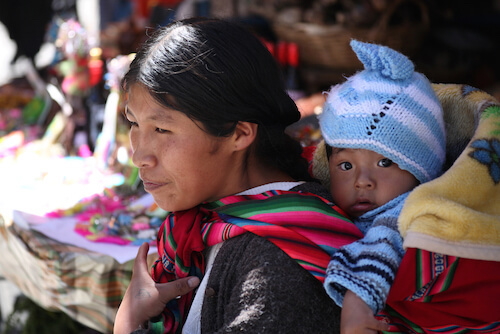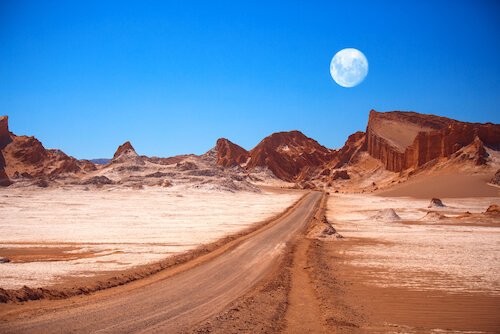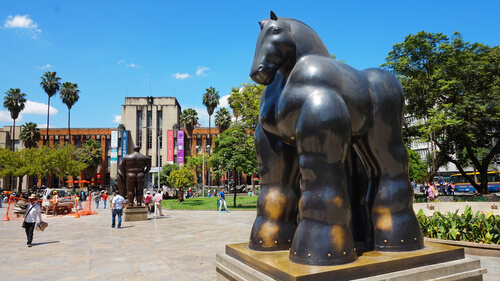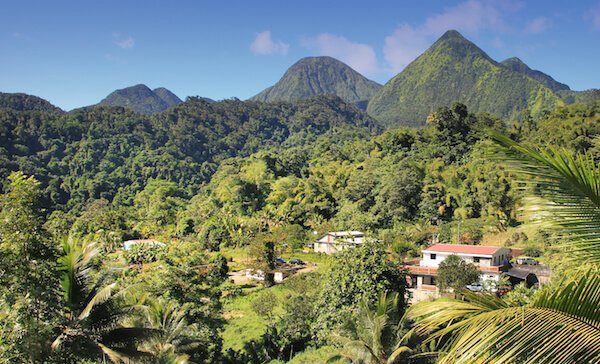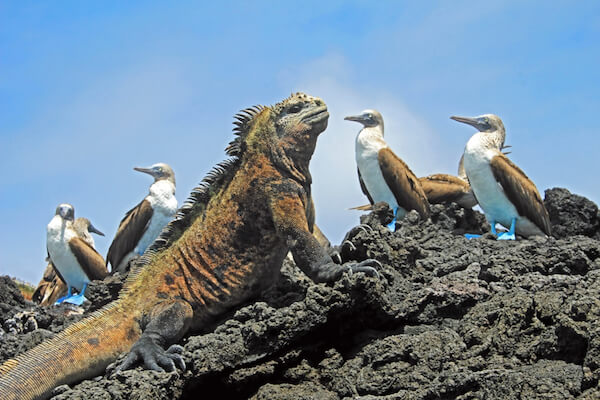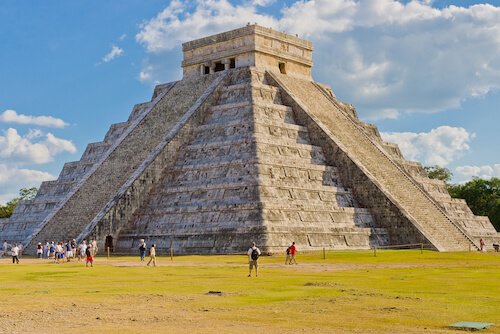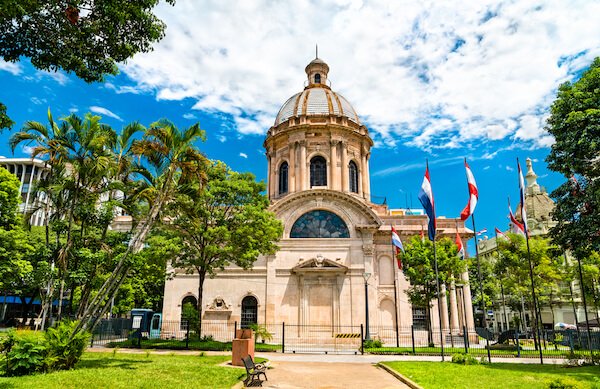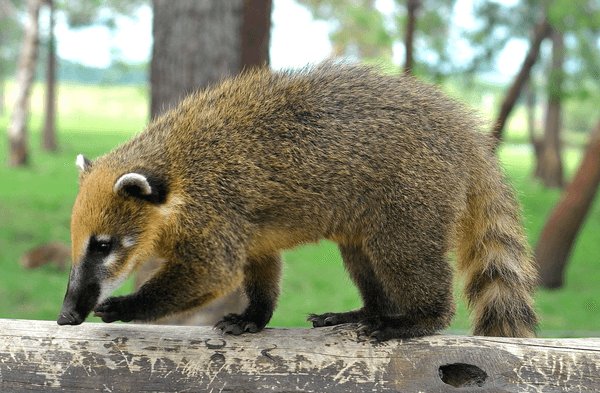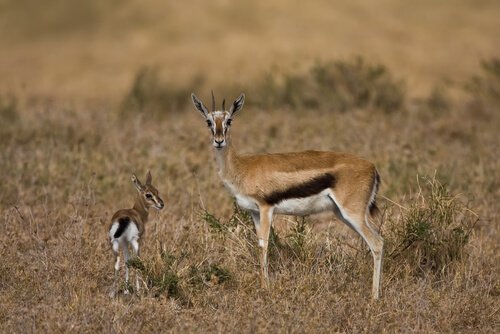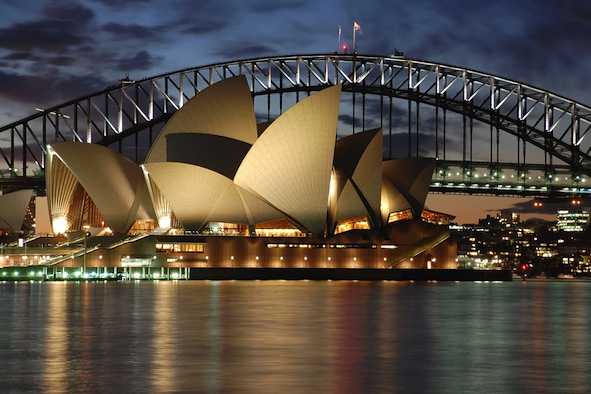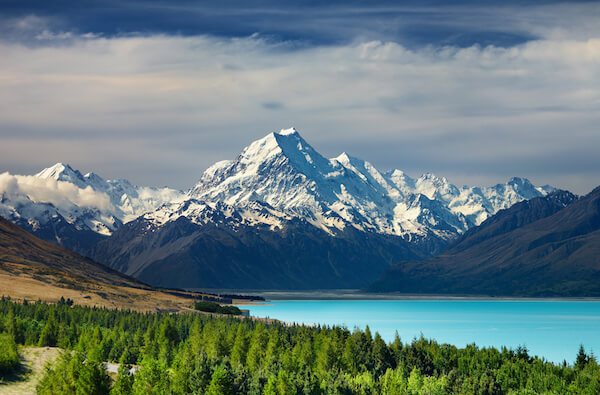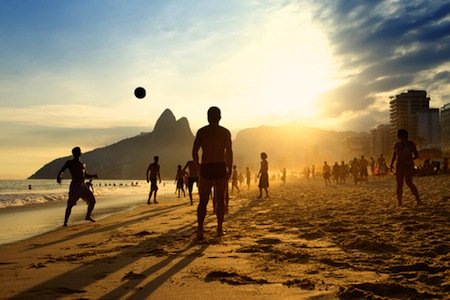Geography of Spain for Kids
Spain for Kids
Geographic Features
Here are the most facts about Geography of Spain which were chosen and researched by kids especially for kids in Key Stage 2 and 3.
Spain - Physical Geography
Spain is located in Southwestern Europe on the Iberian Peninsula. The country occupies the largest part of the Iberian Peninsula, about 82%, and shares it with Portugal and Andorra.
Spain borders the countries Portugal, Andorra, France and the UK with Gibraltar, which is a British Overseas Territory. The longest border is shared with Portugal.
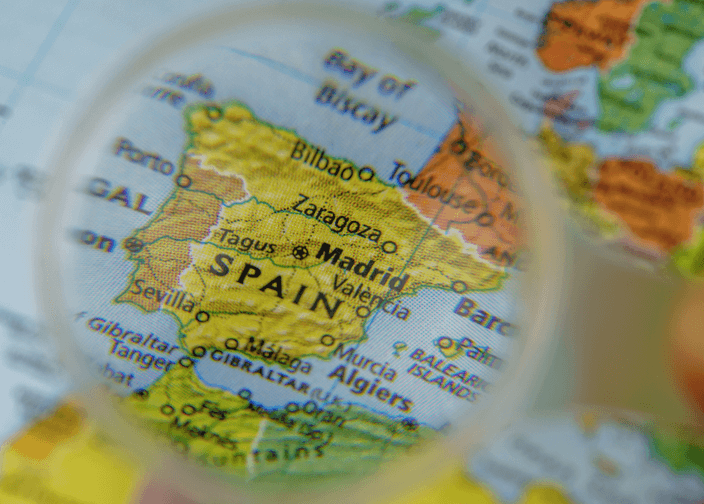 Iberian Peninsula
Iberian PeninsulaThe narrow Strait of Gibraltar separates Spain from Morocco and thus the European continent from the African continent. The Strait of Gibraltar connects the Atlantic Ocean to the Mediterranean Sea. The most narrow point of the straits is between Point Marroquí in Spain and Point Cires in Morocco.
Spain also shares borders with Morocco, as the two Spanish enclaves Ceuta and Melilla are located within Morocco.
The Strait of Gibraltar is the second most busy shipping route in the world handling over 300 containerships per day, after the Dover Strait also referred to as English Channel. The Strait of Gibraltar is 14.3 km/ 8.9 miles wide at the narrowest point.
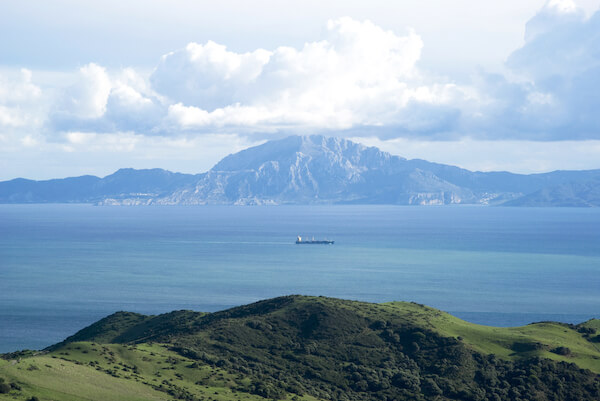 Strait of Gibraltar: Looking from Tarifa/ Spain towards Morocco
Strait of Gibraltar: Looking from Tarifa/ Spain towards MoroccoThe southernmost point of Spain and the European mainland is Punta de Tarifa which you can see above.
Physical Features of Spain
Geography of Spain
Plateau
The center of the Iberian peninsula is donated by the Meseta Central, a large flat higher lying region also referred to as Meseta plateau. This plateau covers most of Spain's interior. The average elevation of this plateau is 660 m/ 2,165 ft.
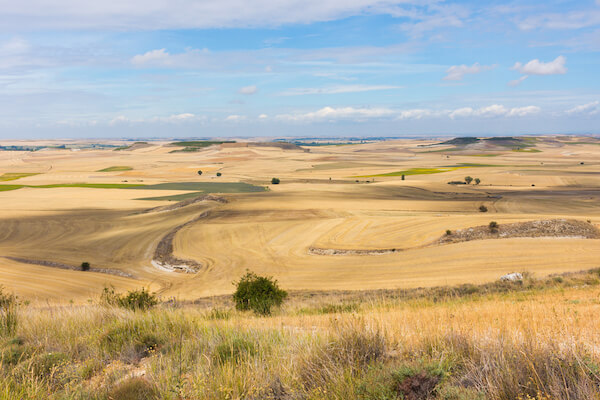 Meseta Central
Meseta CentralThe Meseta Central is divided by a mountain range called Sistema Central (or Central System). This mountain range extends from east to west all across central Spain. The highest mountain of the Sistema Central is the Pico Almanzor with 2,592 m/ 8,501 ft. Pico means "mountain peak" in English.
Geography of Spain
Mountains
Among the most important mountain ranges of Spain are the Pyrenees, the Sierra Morena and the Sierra Nevada, which means "Snowy Mountains" in English. Sierra mean "moutain range" in English.
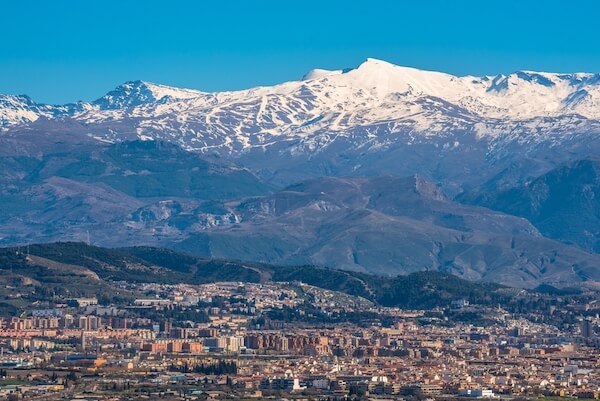 Sierra Nevada near Grenada
Sierra Nevada near GrenadaThe Sierra Nevada is a mountain range in southern Spain. The highest peak of the Spanish mainland is the Pico de Mulhacén with 3,479 m/ 11,414 ft is located there.
The Sierra Morena is mountain range in southern Spain, separating the Meseta Central from Andalusia.
The Pyrenees Mountains run along the northeastern part of Spain and form a natural border with France.
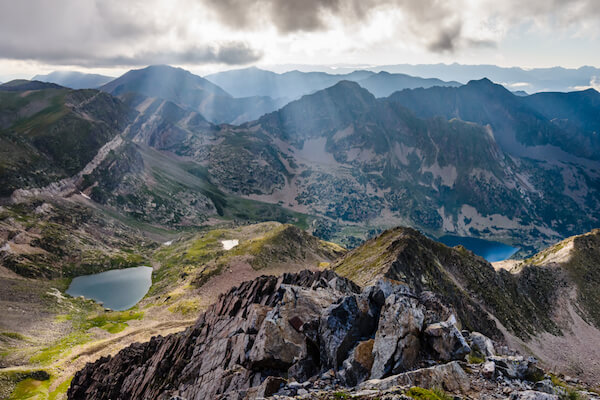 Pyrenees mountains in Spain
Pyrenees mountains in SpainThe highest mountain of Spain however is the Teide, a volcano that is located on the Canary Island of Tenerife. Teide mountain is 3,715 m/ 12,188 ft high.
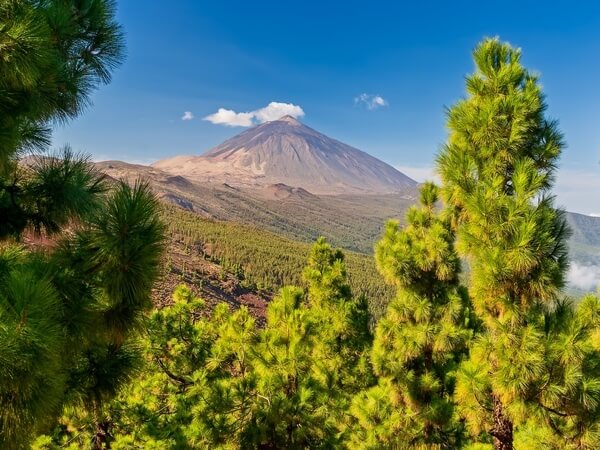 Teide mountain
Teide mountainTeide is a dormant volcano and the world's third tallest volcano that is located on an ocean island.
Geography of Spain
Rivers
There is an abundance of rivers in the country as there are about 1,800 rivers in Spain. These provide water for drinking and irrigation for farming. The rivers are also important transport arteries.
The main rivers in Spain are the Tagus (Tajo in Spanish) River, the Duoro River, the Guadiana River the Guadalquivir River and the Ebro River. The Tagus is the longest river of the Iberian peninsula, but is shared with Portugal.
The longest river in Spain is the Ebro with 910 km/ 566 miles. This river flows into the Mediterranean Sea.
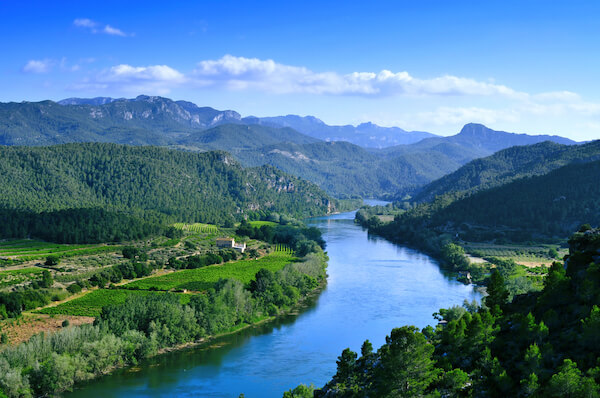 Ebro River flowing through Miravet
Ebro River flowing through MiravetThe Guadalquivir flows through southern Spain and the Guadalquivir river valley features also many fertile plains.
Geography of Spain
Valleys
In between the mountains and rolling hills, you'll find valleys and plains that are so important for the country's economy.
Some valleys in Catalonia are filled with vineyards, where grapes are grown to make wine, other valleys have orchards or olive groves.
The Ebro River valley is an important agricultural region producing corn, tomatoes, peppers amongst other fruit and vegetables and the Rioja wine region is also located in the valleys of the Ebro.
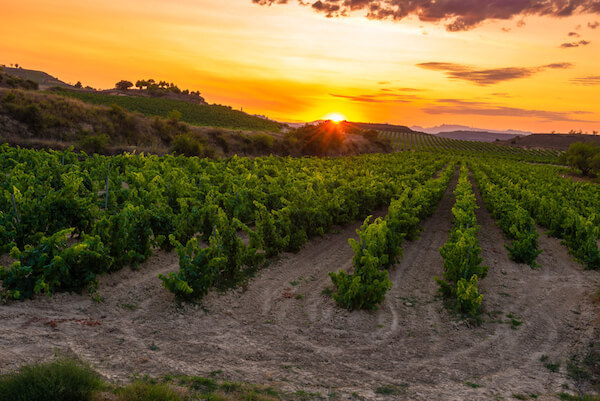 Rioja vineyards
Rioja vineyardsGeography of Spain
Coastlines
Spain is located along two coastlines and borders the Mediterranean Sea in the South and East and the Atlantic Ocean in the Northwest.
The Mediterranean coastline includes many popular holiday regions like the Costa del Sol (Sunshine Coast), the Costa Dorada (Gold Coast) and Costa Brava (Wild Coast).
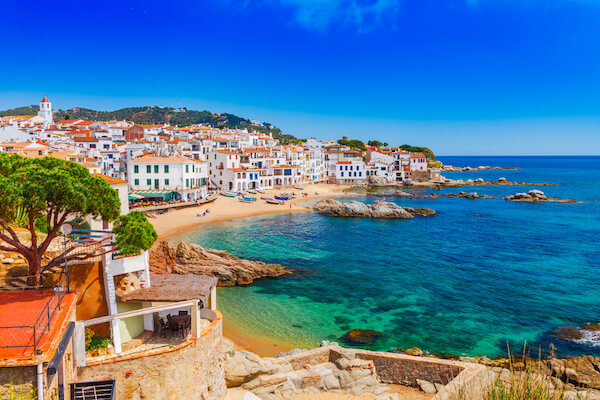 Calella de Palafrugell on the Costa Brava
Calella de Palafrugell on the Costa BravaThe northern coastline borders the Atlantic Ocean. The Costa Verde (Green Coast) is in the Asturias province in northern Spain.
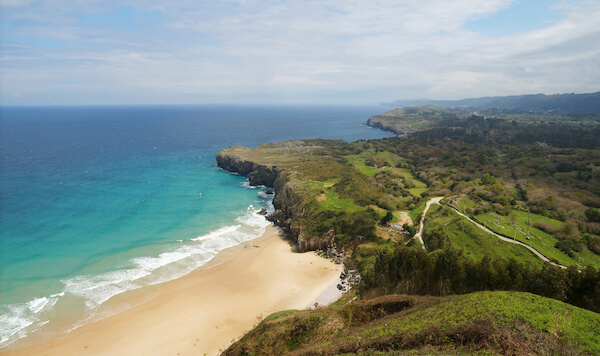 Costa Verde in Asturias
Costa Verde in AsturiasThis northern coastline includes regions like Galicia and the Bay of Biscay.
Geography of Spain
Islands
Spain has 179 islands of which 48 are not inhabited. There are two large archipelagos: the Balearic Islands and the Canary Islands. The Islas Baleares or Balearic Islands are an archipelago of more than 150 islands and islets and are located in the Mediterranean Sea and include the three main islands Mallorca, Menorca and Ibiza.
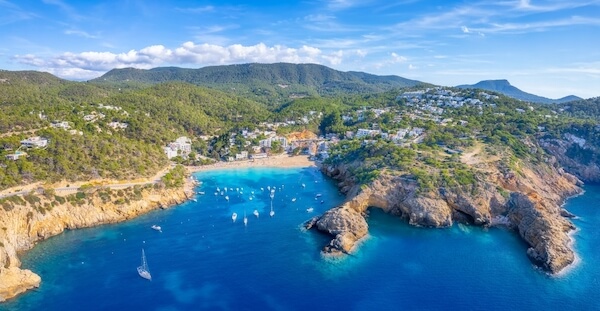 Cala Valdella in Ibiza
Cala Valdella in IbizaThe Islas Canares or Canary Islands are situated off the northwest coast of Africa and this archipelago includes eight main islands of which Tenerife, Fuerteventura and Gran Canaria are the largest.
Lakes
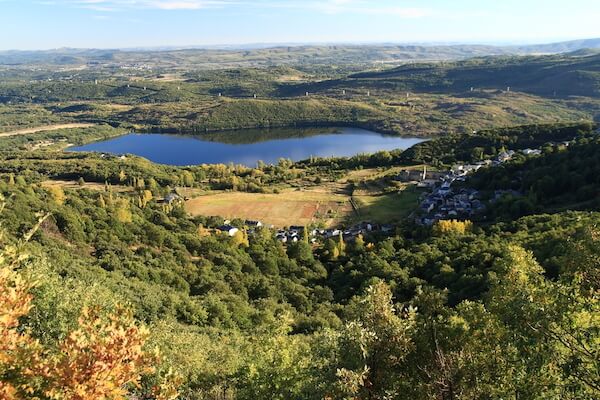 Sanabria Lake
Sanabria LakeSanabria Lake in the province of Zamora in northwestern Spain is the largest glacial lake in Europe.
Mar Menor is considered as the largest salt lake in Europe and a coastal lagoon near Cartagena.
Geography of Spain
Desert
The Desierto de Tabernas or Tabernas Desert in southern Spain is the only true desert in Europe.
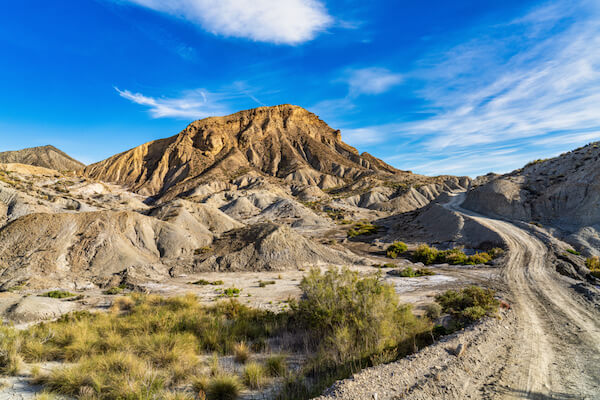 Tabernas desert
Tabernas desertThe Tabernas desert to the north of Almería has a cold desert climate. Rabbits and hares as well as hedgehogs are among the most common animals in this arid region.
Geography of Spain
Landmarks
Among the most famous natural landmarks of Spain are:
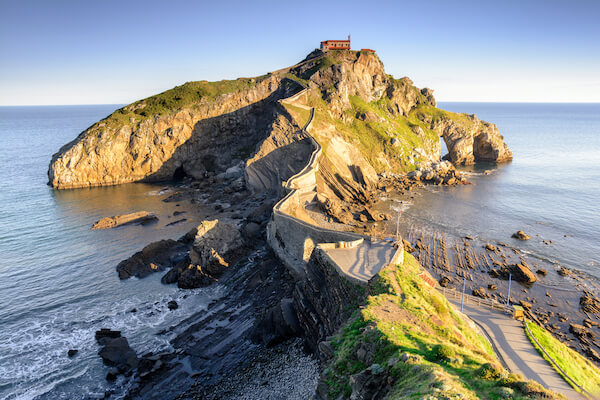 Gaztelugatxe Gaztelugatxe |
The islet of Gaztelugatxe in the Gulf of Biscaye, featuring also in the "Game of Throne" movies |
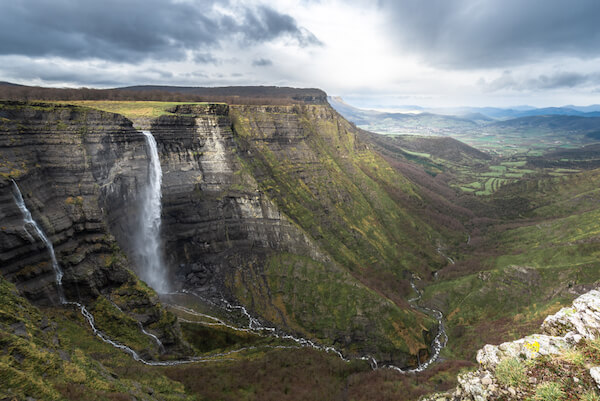 Nervion waterfall Nervion waterfall |
Salto de Nervión or Nervion waterfall with a drop of 200 m/ 728 ft are the highest waterfalls in Spain |
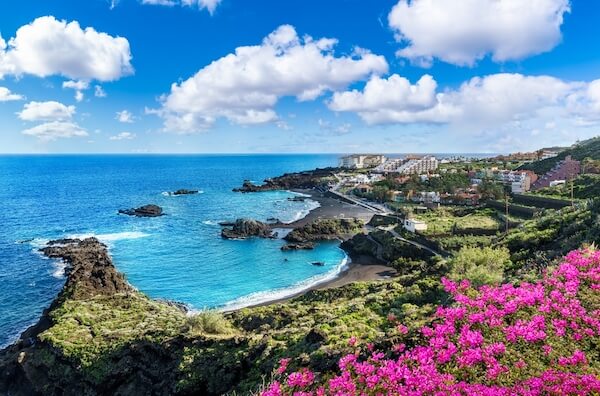 La Palma La Palma |
The black sandy beaches made of powdery lava rock La Palma on the Canary Islands |
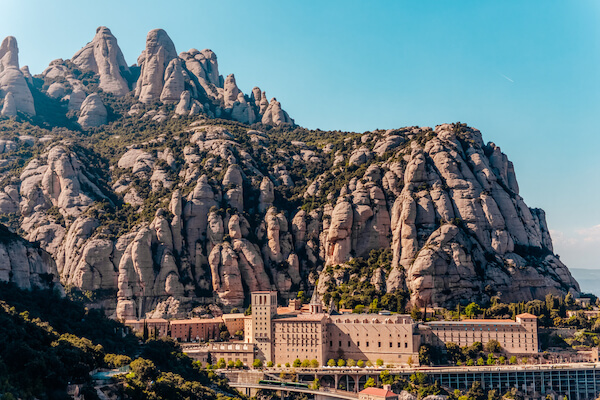 Montserrat Montserrat |
The rugged massif of Montserrat mountain in Catalonia |
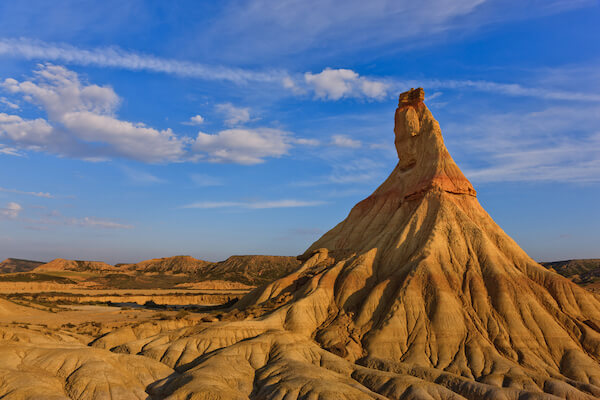 Castildeterra Castildeterra |
The semi-desert landscapes of the Bardenas Reales in northern Spain as seen here in Castildeterra. |
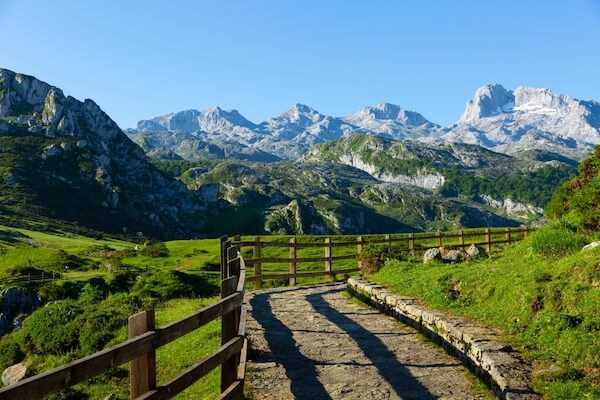 Picos de Europa Picos de Europa |
Picos de Europa is Spain's only inhabited nature reserve. It belongs to the Atlantic ecosystem with oak and beech trees and is home to Iberian wolves and brown bears. |
Geography of Spain
Climate
The climate in Spain varies considerably between the different regions. In the northern mountainous regions the climate is alpine and the interior experiences a hot and arid climate, still most of the country appreciates a temperate and mild climate.
The climate in the southwestern parts is semi-arid while the northwestern parts experiences an oceanic climate. On the Canary islands the climate is subtropical and semi-arid.
Climate change is a pressing issue in Spain that has been affected by higher temperatures, rise in sea levels and low water levels in the country's water reservoirs.
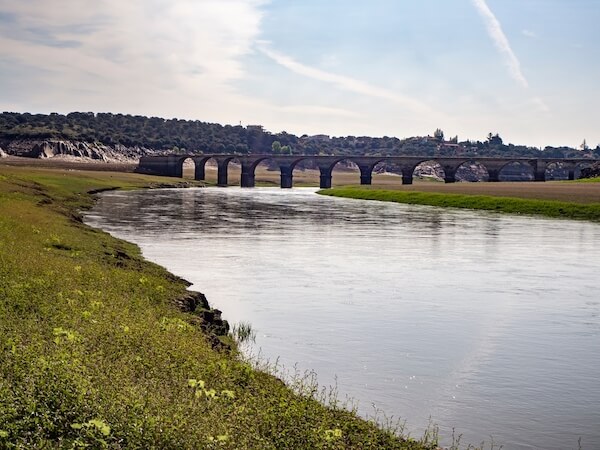 Ricobayo water reservoir
Ricobayo water reservoirRicobayo Hydroelectric Power plant is Europe's first large hydroelectric power station and was built already in 1935 and completed in 1999.
74% of the energy sources are to stem from renewable energy by 2030 according to Spain's climate law.
Climate change is experienced widely in Spain. About 20% of Spain's mainland is already plagued by desertification, which means that vegetation decreases in semi-arid and arid regions and an expansion of desert and arid zones of the country occurs.
Today, almost three quarters of the country is at risk of desertification due to intensive farming and rain water reduction or excessive water extraction.
Human Geography of Spain
Spain - At a Glance
- Population: 48 million people (2024)
- Capital: Madrid with 6.7 million inhabitants
- Name: Reino de España (Kingdom of Spain), short form: España
- Government: Parliamentary Monarchy
- Head of State: King Felipe VI
- Prime minister: Pedro Sánchez
- Languages: Castilian Spanish 74%, Catalan 17%, Galician, Basque
- Religion: 69% Christians
- Currency: 1 Euro = 100 cents
Spain is the fourth largest country on the European continent after Russia, Ukraine and France.
The country is divided in 17 autonomous regions where people have their own regional government.
Cities in Spain
The capital city of Spain is Madrid which is the second largest city of the European Union countries - after Berlin in Germany.
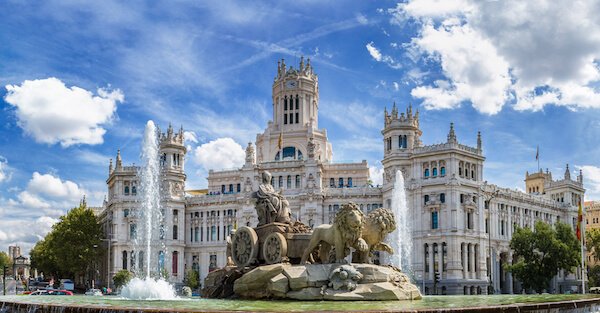 Madrid
MadridThe five biggest cities in Spain are:
- Madrid with 6.7 million inhabitants
- Barcelona with 5.6 million inhabitants
- Valencia with more than 835,000 inhabitants
- Sevilla with about 700,000 inhabitants
- Zaragoza with more than 600,000 inhabitants
Most of the population (80%) live in urban centres and along the coastlines of Spain. Only about 15% of the people in Spain live in rural areas. More than 2 million people live on the Canary Islands and about 1.2 million people live on the Balearic Islands.
Culture

Spanish is the world's second-most spoken native language. Castilian Spanish is the official language and spoken in all regions.
Regional languages are Galician, Catalan or Basque.
|
Spain is known for its flamenco dance. In Andalusia, in many towns and villages people dance the flamenco for special festivities. |
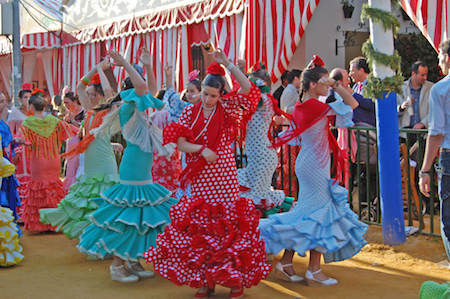 Flamenco dancers Flamenco dancers |
|
The 'Tomatina' festival in the small town of Buñol is the world's biggest food fight, as the people throw tomatoes at each other. The annual battle of tomatoes takes place in August. |
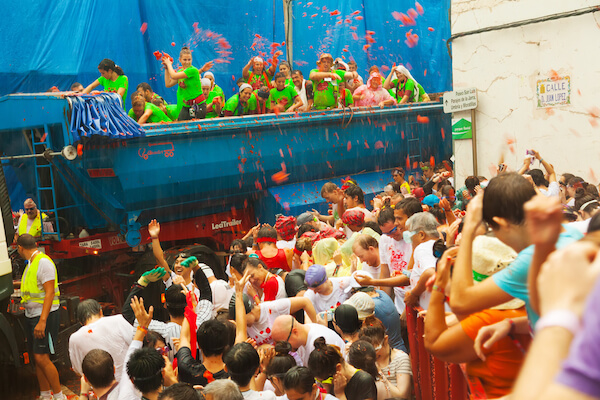 Tomatina - by BearFotos/shutterstock Tomatina - by BearFotos/shutterstock |
|
The people of Tarragona gather every two years for the Concours de Castells Festival in October where participants build tall human towers. |
 image by David Ortega Baglietto image by David Ortega Baglietto |
|
Often dubbed a national dish, Paella is a traditional rice dish is made with seafood or meat such as rabbit, chicken and snails that originates from Valencia. |
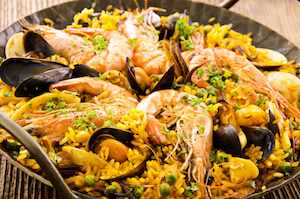 Paella Paella |
Economy of Spain
The biggest economic sector with over 67% is the service sector which includes banking, insurance, real estate and all services other than farming, forestry, fisheries, mining and manufacturing.
Spain's major economic activities are in the automotive, textile and chemical industry, shipbuilding, agriculture and tourism. Spain is the second largest car manufacturer in Europe.
About 12% of the people in Spain are unemployed and the country has the highest unemployment rates among young people with almost 27% in 2023.
Tourism
Spain is the most popular tourist destination in Europe. The country attracts more than 100 million visitors every year. Most of the tourist arrivals come from the UK, France and Germany.
Barcelona is the most popular city in Spain according to the official visitor numbers.
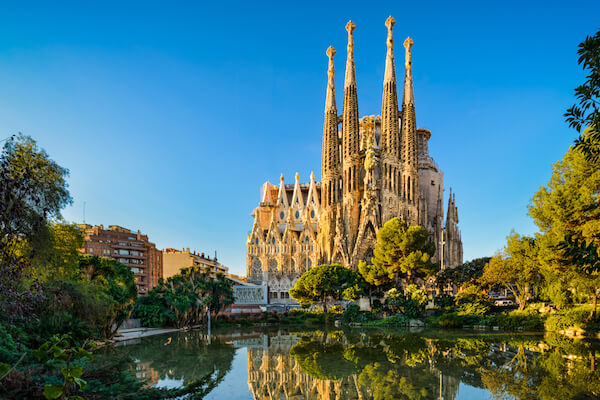 Sagrada Familia in Barcelona - image by Mapix
Sagrada Familia in Barcelona - image by MapixAgriculture
Spain is the world's leading olive oil producer and produces 43% of the world's olive oil with more than 1 million tonnes per year.
The main region for olive oil production is Andalusia. Spain is also known to have the most olive trees in the world.
Citrus fruit peel, nuts and melons are among the top agricultural products of Spain while machinery, clothing, cars and petroleum products are the main export products of Spain.
The main trading partners of Spain are France, Germany and Italy.
Popular Pages
Spain Facts for Kids | Resources
- Central Intelligence Agency. "Spain". The WorldFactbook. Last updated 17 January 2024. Last accessed 22 January 2024
- Christian López. "Liquid Gold? Not for Spanish olive growers struggling to survive". El Pais. 22 July 2019. Last accessed 22 January 2024
- Spain Tourism Official. "Geography and Landscape." spain.info Last accessed 22 January 2024
- European Commission. "Clean Energy for EU islands." EU. Last accessed 23 January 2024
Images on Geography of Spain Facts for Kids: shutterstock, sxc.hu, wikicommons and own images.
Please contact us to share your info about Spain and expand this Geography of Spain Facts section. Your support is much appreciated. Contact us here for any collaborations, additions or corrections.
Enjoy learning more great Geography of Spain Facts soon!
Return from Geography of Spain to KidsWorldTravelGuide Homepage
***
More about Countries in Europe
Other Spanish speaking countries
Like what you read?

|
Would you like a link to share the information with your friends, fans and readers? Simply use the html code below. Copy and paste onto your website, blog or Facebook page: <a href="https://www.kids-world-travel-guide.com/geography-of-spain.html">Kids World Travel Guide: Geography of Spain for Kids</a> Thank You for spreading the word:-) |
